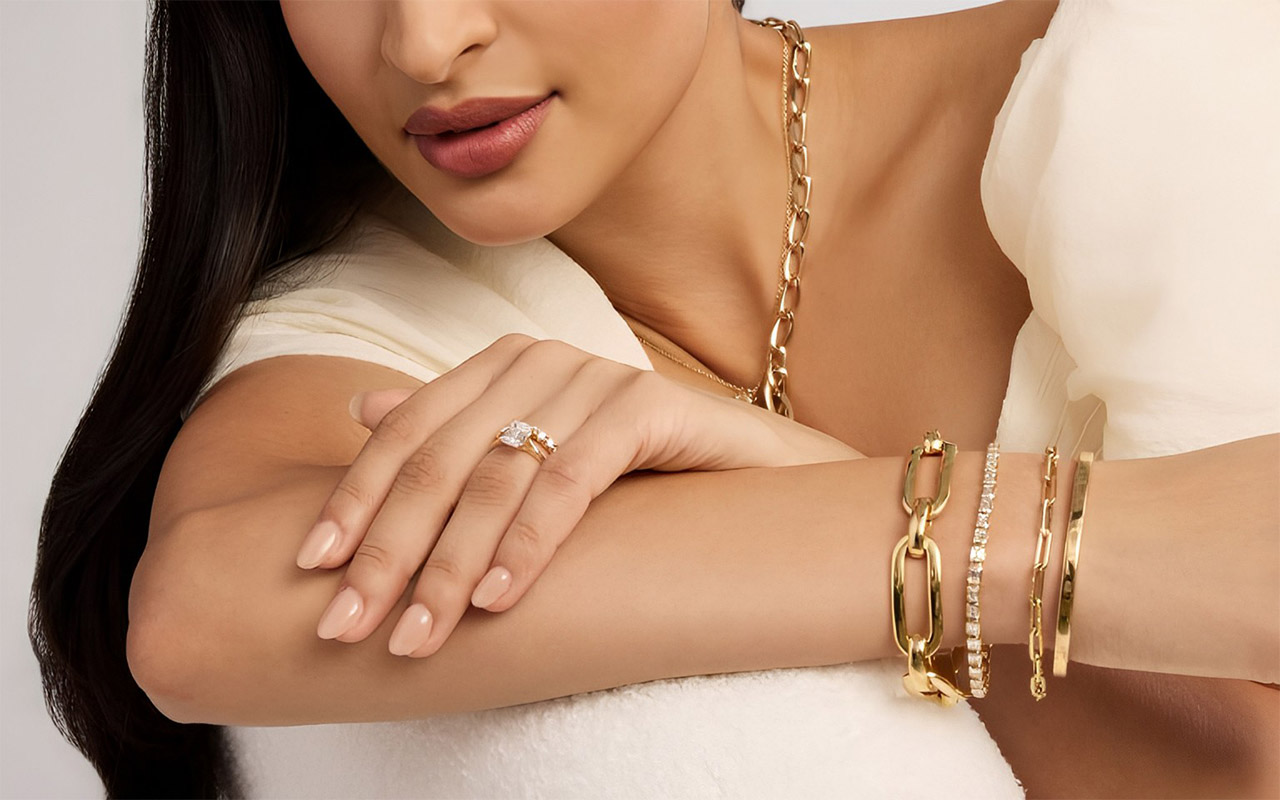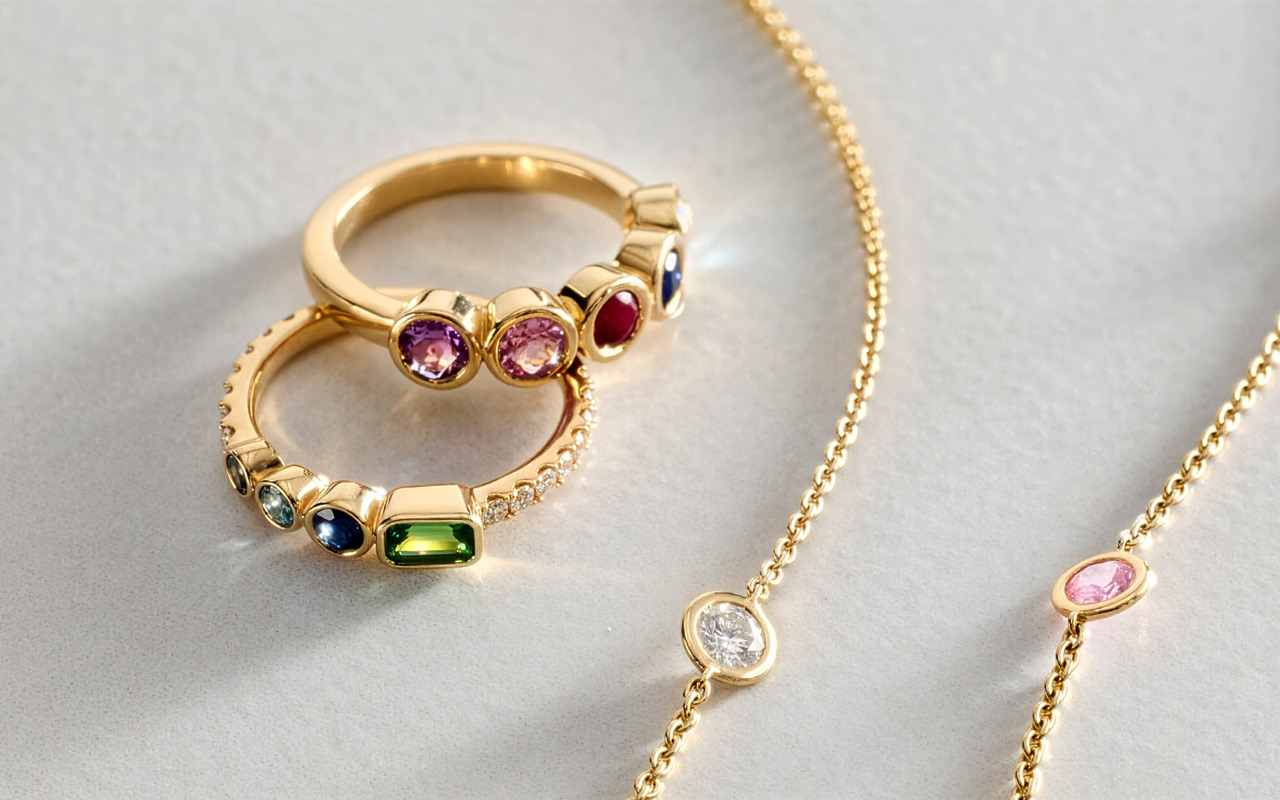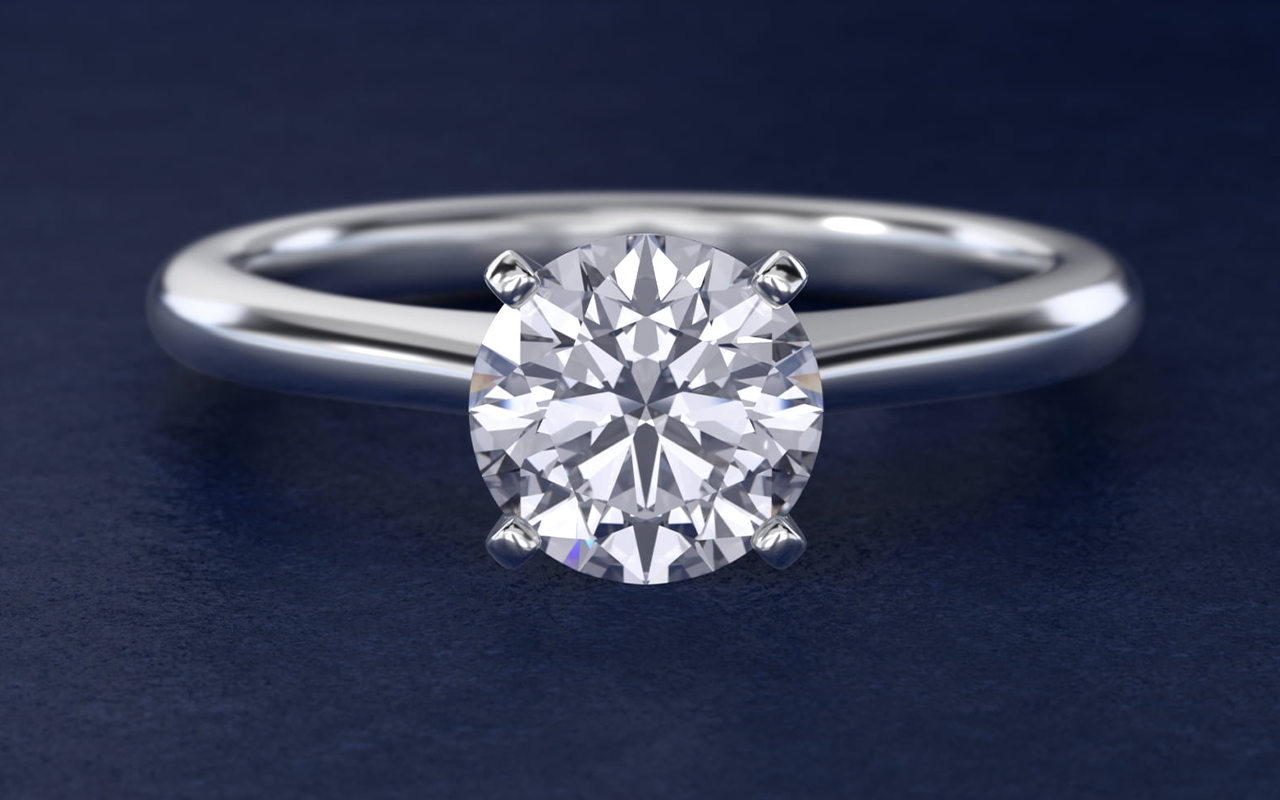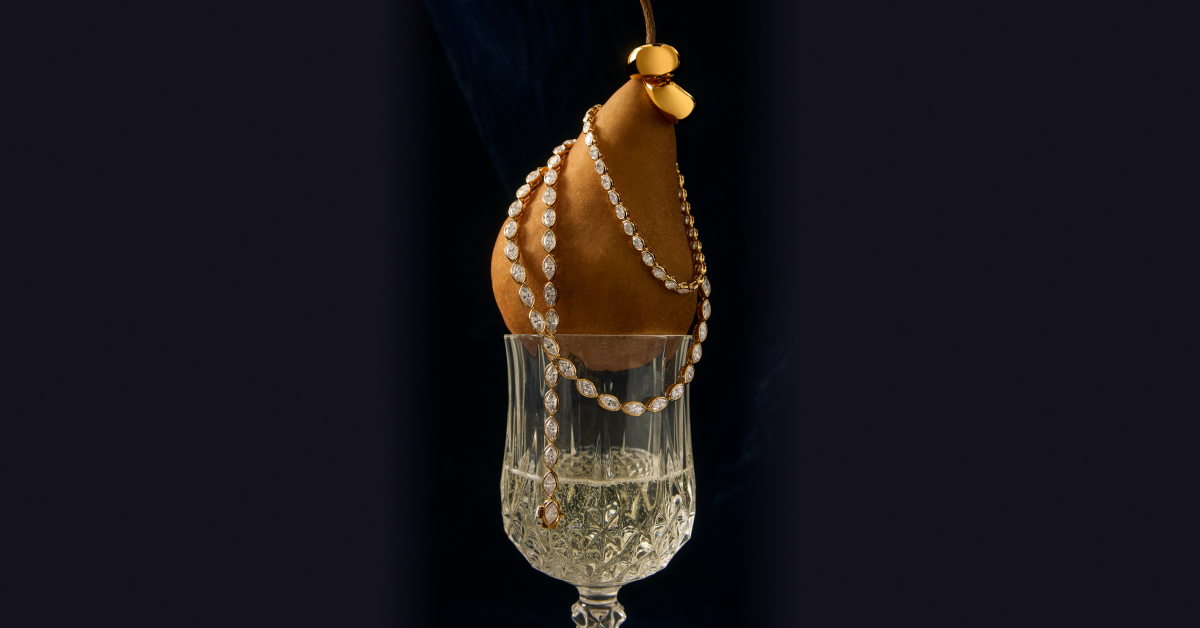Key Takeaways
- Gold karats measure purity, influencing color, durability and cost.
- 10k, 14k, 18k, and 24k gold each serve different needs, from everyday wear to luxury designs.
- 14k and 18k gold offer the best balance of beauty, strength and long-term value.
Gold’s timeless appeal lies in its natural beauty and enduring value, but pure gold is also a soft metal that can bend or scratch easily. To make it strong enough for everyday wear, it’s mixed with other metals in a process called alloying. The resulting blend determines what’s known as a gold karat, or the ratio of pure gold to alloy.
Each gold karat offers a distinct balance of purity, durability, color, and cost. By understanding each karat level, you can choose gold jewelry that matches your lifestyle—from everyday pieces to ones rich in color for special moments. This 10k vs. 14k vs. 18k vs. 24k gold comparison will help you feel confident selecting the karat that best fits your style and budget.
Comparing 10k vs. 14k vs. 18k vs. 24k Gold
Each gold karat reflects a unique mix of metals that affects how a piece looks, feels and wears over time. The ratio of gold to alloy defines each karat’s characteristics, influencing everything from hue and hardness to price. From the sturdy, pale tone of 10k gold to the deep yellow glow of 24k, understanding these variations helps you choose the purity level for your lifestyle and aesthetic preferences.
Pros
Cons
Deep, rich yellow color and unmistakable brilliance
Hypoallergenic and ideal for sensitive skin
Represents the highest level of purity
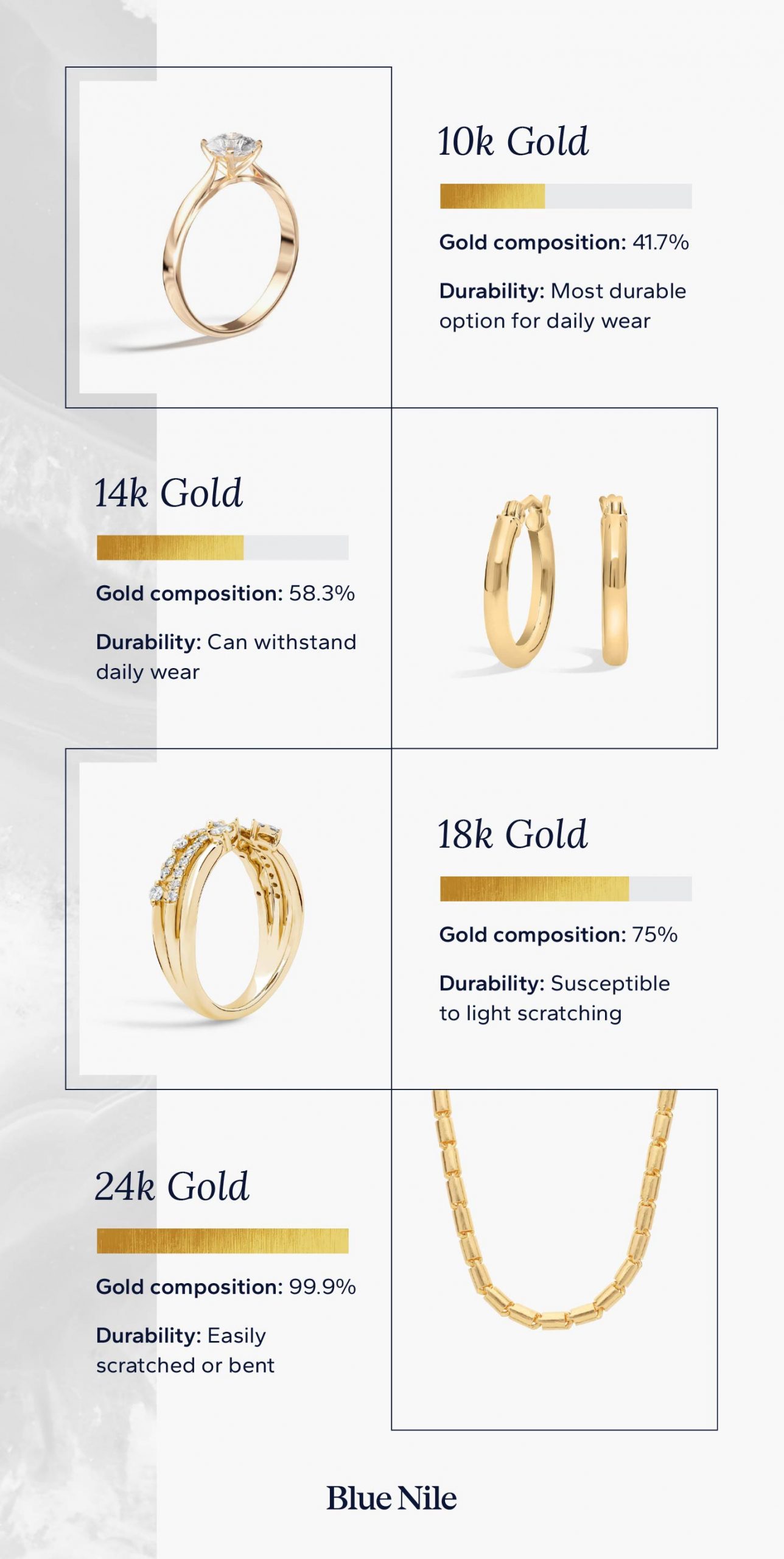
10k Gold

Composition and Characteristics
- Percentage of gold: 41.7% gold
- Percentage of alloy: 58.3% added metals such as copper, zinc and silver
- Durability: Very strong and resistant to everyday wear; the hardest of all common gold karats
- Skin sensitivity: May cause irritation for those sensitive to alloy metals such as nickel
- Best for: Budget-conscious shoppers and jewelry designed for frequent wear
- Cost: Most affordable option among gold karats
With its lower gold and higher alloy content, 10k gold is the most cost-effective of the different types of gold. Its pale yellow tone gives it a subtle warmth, though it lacks the deep color seen in higher-karat pieces. Thanks to its strong metal durability, 10k gold is less prone to bending or scratching and is often used for earrings, chains and rings made for everyday wear.
Pros
Cons
Deep, rich yellow color and unmistakable brilliance
Hypoallergenic and ideal for sensitive skin
Represents the highest level of purity
14k Gold

Composition and Characteristics
- Percentage of gold: 58.3% gold
- Percentage of alloy: 41.7% added metals such as copper, silver and zinc
- Durability: Durable enough for everyday wear while maintaining a rich, classic appearance
- Skin sensitivity: Suitable for most wearers; lower risk of irritation than 10k gold
- Best for: Engagement rings, wedding rings and everyday fine jewelry
- Cost: Mid-range price point balancing beauty and durability
As one of the most popular choices for fine jewelry, 14k gold offers the ideal mix of strength, color and value. Its balanced composition provides greater durability than higher-karat gold while retaining the warm tone often associated with classic gold jewelry. The color of 14k gold can vary slightly depending on the alloy blend, giving it versatility across yellow, white and rose shades.
Because of its appealing balance of quality and cost, many people choose 14k gold for engagement rings, necklaces and bracelets for daily wear. It resists scratches well and holds up beautifully over time, making it a favorite among those who want luxury that lasts.
Pros
Cons
Deep, rich yellow color and unmistakable brilliance
Hypoallergenic and ideal for sensitive skin
Represents the highest level of purity
18k Gold
Composition and Characteristics
- Percentage of gold: 75% gold
- Percentage of alloy: 25% added metals such as copper and silver
- Durability: Softer than 14k gold and more prone to light scratching
- Skin sensitivity: Excellent choice for sensitive skin due to higher gold content
- Best for: High-end jewelry, engagement rings and special occasion pieces
- Cost: Higher price point due to greater purity
With its rich color and higher gold content, 18k gold is prized for its luxurious appearance. The alloy blend enhances strength while maintaining the deep, warm hue that many associate with fine jewelry. Although it’s softer than 14k gold, its surface wear can often be polished away, allowing it to maintain a radiant finish over time.
The deeper yellow tone of 18k gold is easy to recognize and is especially striking in yellow and rose gold styles. Its higher gold percentage also makes it a preferred option for those with metal sensitivities or for pieces intended to commemorate significant milestones.
Pros
Cons
Deep, rich yellow color and unmistakable brilliance
Hypoallergenic and ideal for sensitive skin
Represents the highest level of purity
24k Gold

Composition and Characteristics
- Percentage of gold: 99.9% gold
- Percentage of alloy: Minimal trace metals, if any
- Durability: Softest and most malleable of all gold types; easily scratched or bent
- Skin sensitivity: Hypoallergenic due to its near-pure composition
- Best for: Collectible, ceremonial or investment pieces rather than daily wear
- Cost: Highest price point because of its exceptional purity
As the purest form of gold used in jewelry, 24k gold features a deep, saturated yellow hue that’s instantly recognizable. Its unmatched purity gives it a brilliant, almost glowing appearance, but also makes it significantly softer than lower-karat options. Because of its delicate nature, 24k gold is typically reserved for pieces that aren’t worn every day.
Its color and rarity make it a popular choice for collectors or cultural jewelry traditions where purity is symbolic. Although less practical for daily use, 24k gold remains the ultimate expression of luxury and authenticity in fine jewelry.
Pros
Cons
Deep, rich yellow color and unmistakable brilliance
Hypoallergenic and ideal for sensitive skin
Represents the highest level of purity
Buying 10k vs. 14k vs. 18k vs. 24k Gold
Each gold karat offers its own appeal, from the durability of 10k to the rich glow of 24k. When comparing 10k vs. 14k vs. 18k vs. 24k gold, consider how each fits your lifestyle, budget and how you plan to wear it.
For jewelry you’ll enjoy every day, 14k gold often strikes the perfect balance between beauty and resilience. 18k gold offers a deeper yellow tone and higher purity, making it a preferred choice for engagement rings, wedding rings and milestone pieces that mark life’s most meaningful moments.
While 10k gold provides an accessible entry point and 24k gold holds symbolic and investment value, Blue Nile carries only 14k and 18k gold jewelry due to their ideal combination of strength, color and long-term value. Discover versatile gold necklaces, gold earrings and gold bracelets—thoughtful choices that make memorable gifts for any celebration or season.
Find the Perfect Gold Karat for Your Collection
Understanding 10k vs. 14k vs. 18k vs. 24k gold begins with knowing what sets each karat apart and how metal composition affects long-term wear. While every karat serves a purpose, 14k and 18k gold remain the most versatile choices, offering the ideal balance of color, purity and durability. In addition, alloying creates different shades of gold, from yellow to rose to white, giving you even more ways to express your individuality.
At Blue Nile, you’ll find gold jewelry crafted to celebrate every style and milestone. From subtle everyday accents to radiant statement pieces, each design reflects lasting quality and timeless craftsmanship. Explore our extensive collection to find gold pieces that reflect your story and capture your personal aesthetic.
FAQ About 10k vs. 14k vs. 18k vs. 24k Gold
There isn’t one gold karat that’s universally better, as each offers unique benefits depending on your needs and preferences.
Of the four most common types, 10k is the most durable and affordable, ideal for everyday jewelry. The 14k variety delivers a balanced mix of strength and color, making it the most popular choice for fine jewelry. 18k gold offers higher purity and a deeper hue for luxury or milestone pieces, while 24k gold is prized for its rich color and rarity but is too soft for daily wear.
Each gold type suits different styles, budgets and occasions, from engagement and wedding rings to diamond and gemstone jewelry.
A karat measures the purity of gold, while a carat measures the weight of gemstones like diamonds.
The two terms sound similar but describe entirely different qualities—one defines the metal’s composition, and the other reflects a gemstone’s size and weight. Understanding carat vs. karat differences helps you compare fine jewelry with clarity and confidence.
10k gold is a good choice if you’re looking for durable, affordable jewelry. Its higher alloy content makes it more resistant to scratches and bending than higher-karat gold, though it has a paler color and may not be ideal for sensitive skin. It’s best suited for everyday pieces that need to withstand frequent wear.
14k gold is an excellent choice for most fine jewelry. It offers an ideal balance of durability, color and value, making it both beautiful and practical for everyday wear. Its moderate gold content also reduces the likelihood of scratching while maintaining the warm tone people expect from classic gold jewelry.
14k and 18k gold are the best choices for gold rings because they offer the ideal balance of beauty and durability. 14k gold holds up to daily wear, while 18k gold delivers a richer color and higher purity for milestone pieces.
Yes, gold is a durable and lasting metal that has been used in fine jewelry for centuries. Its natural resilience allows it to maintain its beauty through generations, bringing heirloom-quality shine to rings, necklaces, earrings, bracelets, and more. 14k and 18k gold are especially durable choices, offering the strength to withstand daily wear while retaining their timeless appeal.
Gold isn’t completely waterproof, but it’s more resistant to water damage than many other metals.
The purity of the gold plays a role—14k and 18k gold can tarnish over time with frequent exposure to water, but they tend to maintain their shine longer than 10k because of their higher gold content. While brief contact with water isn’t likely to cause harm, even the most waterproof jewelry can lose its luster if regularly exposed to moisture, salt or harsh chemicals.

